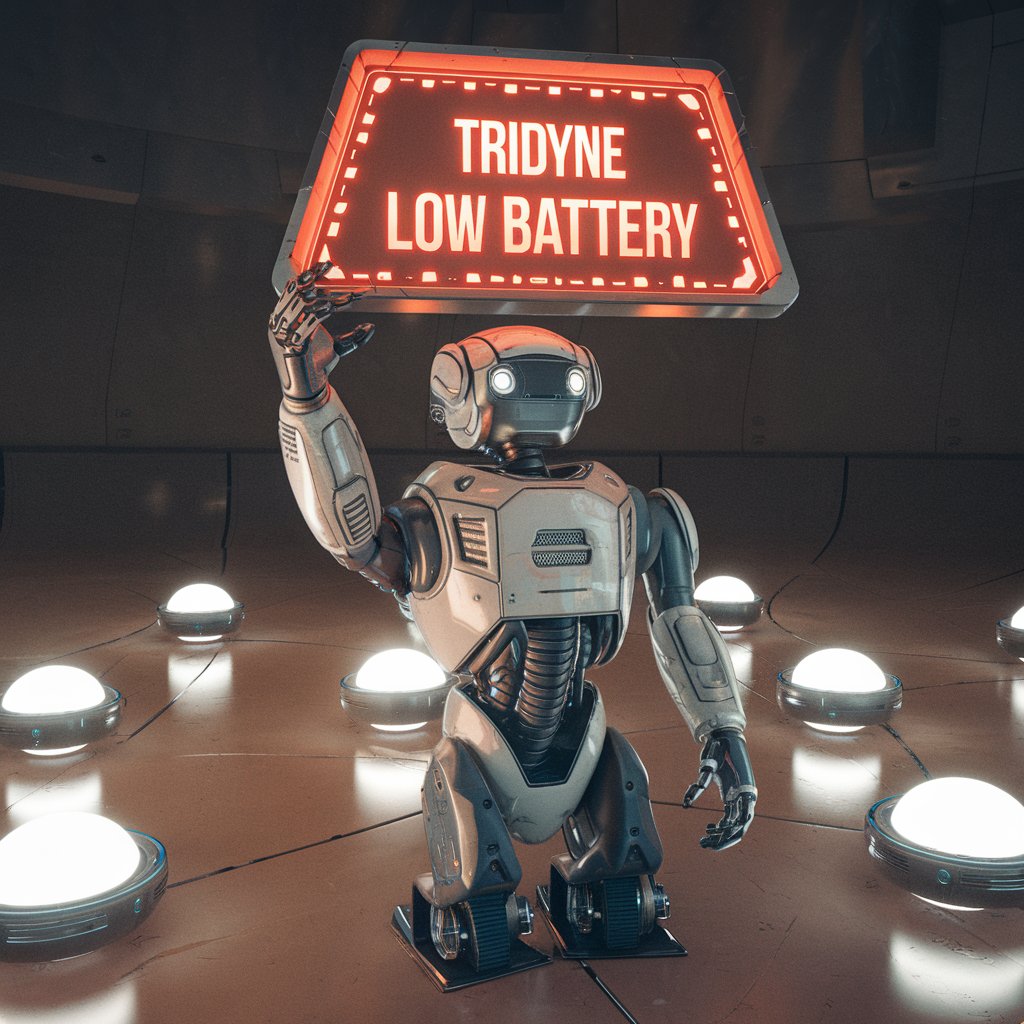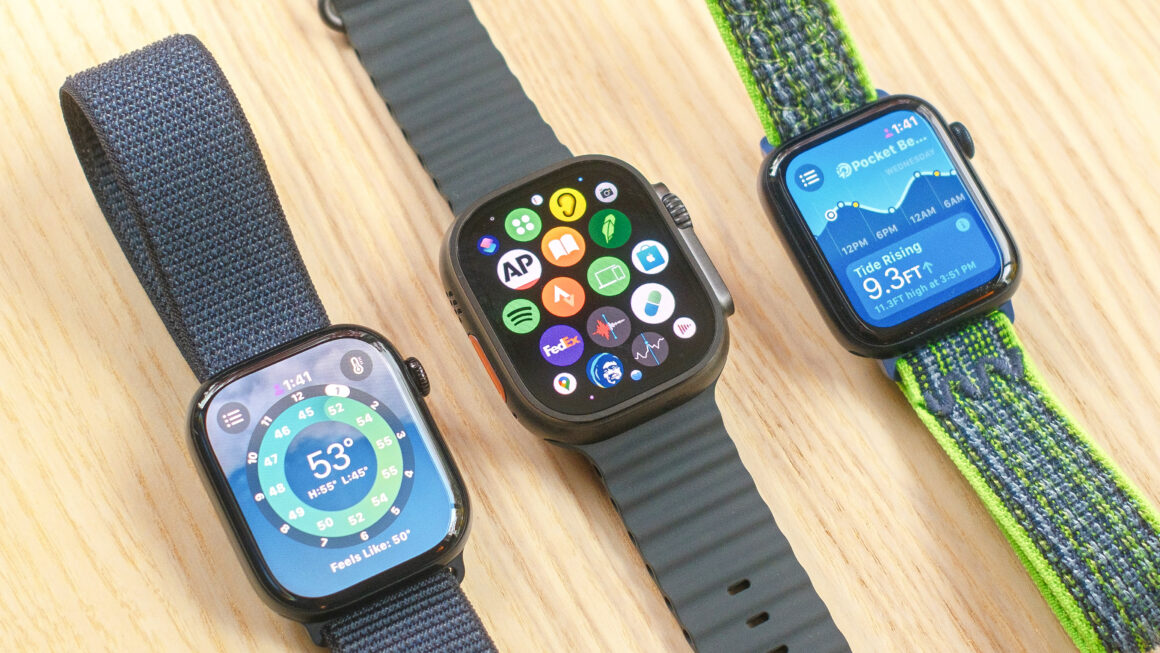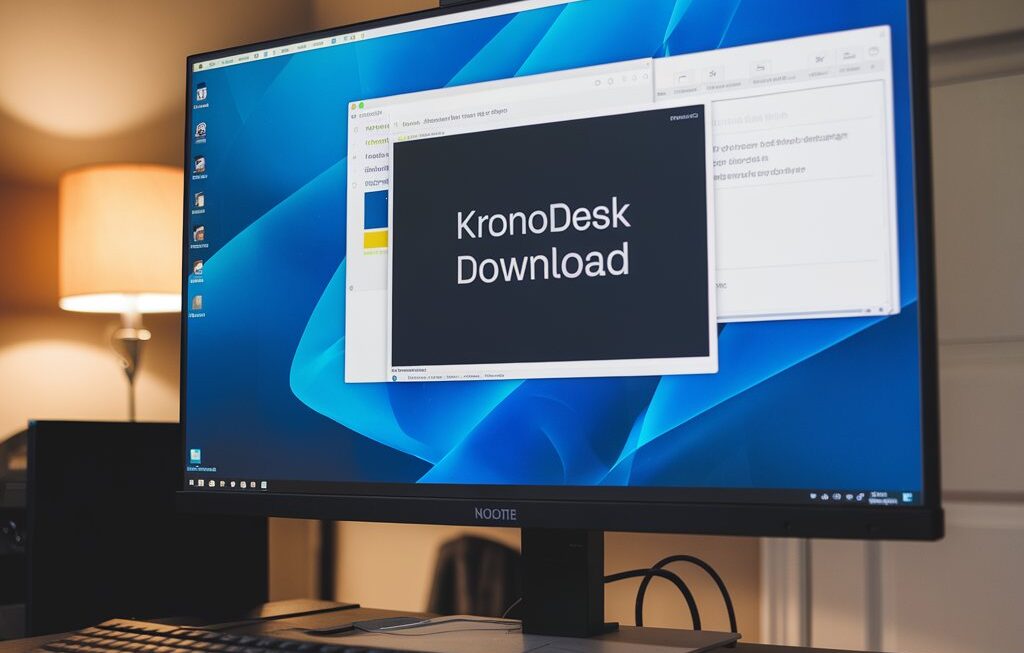If you’re using a Tridyne device, you know how important it is to keep it running smoothly. A Tridyne low battery warning can be frustrating, especially when you’re in the middle of important work. In this article, we’ll walk through ways to maintain your device’s battery, recognize the signs of a draining battery, and provide tips to make sure it lasts as long as possible. By following these simple steps, you can avoid interruptions and keep your Tridyne powered up for your tasks.
Why the Battery of Your Tridyne Device Matters
The battery of your Tridyne is the backbone of its performance. Without a properly charged battery, your device won’t work properly, affecting your results. Whether you’re using it for work or personal tasks, a charged device ensures you get the best performance, whether it’s collecting data or completing projects. A low battery can cause delays, malfunctions, or even system shutdowns, which is why it’s essential to stay on top of your Tridyne low battery alerts.
A fully charged battery ensures your Tridyne device runs efficiently, delivering reliable results when you need them most. However, once the Tridyne low battery alert pops up, it’s a good idea to act quickly to prevent your work from being disrupted.
How to Recognize When Your Tridyne Battery is Low
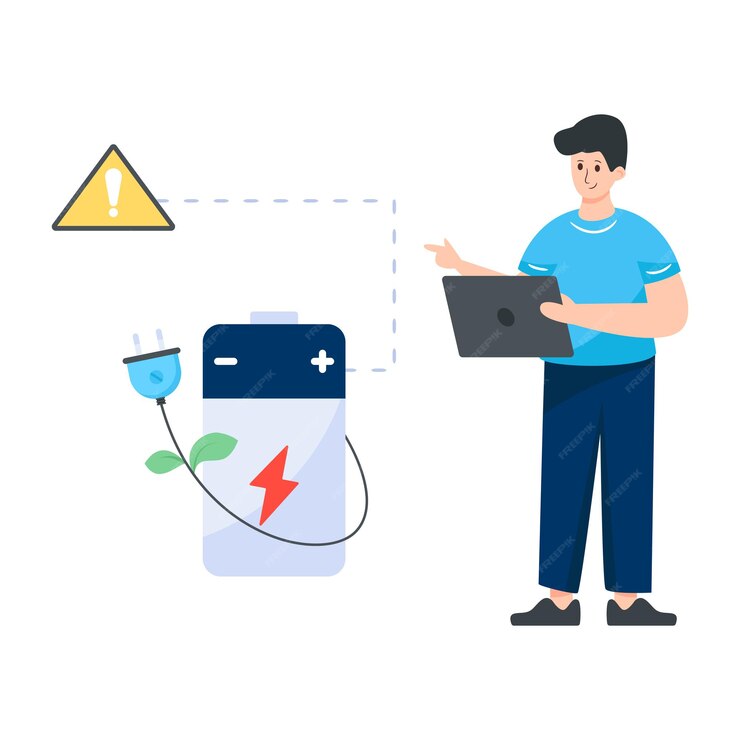
To avoid sudden shutdowns, it’s important to know when your Tridyne battery is running low. Waiting until your device powers off unexpectedly can result in data loss or a break in your work. Here are some key signs that your Tridyne battery might be low:
- Dimmed Display: A noticeable dimming of your Tridyne screen is a common sign that the battery is losing power. When the device’s brightness drops, it’s a clue to check the battery status.
- Battery Warning: Pay close attention to any battery alerts or messages that show up on your screen. These are clear signals that your Tridyne device needs a recharge.
- Shorter Battery Life: If you notice that your device is losing power faster than it did before, the battery might not be holding a full charge anymore.
Tips to Help Your Tridyne Battery Last Longer
Taking good care of your Tridyne battery can extend its life and reduce the chances of a Tridyne low battery warning. Here are some tips to keep your battery in good condition and maximize its usage:
- Avoid Overcharging: It’s tempting to leave your Tridyne plugged in, but overcharging can reduce the battery’s lifespan. Unplug your device once it’s fully charged to prevent strain on the battery.
- Limit Heavy Usage: If possible, avoid running the device for extended periods. Giving it a break when not in use helps preserve the battery and allows it to recharge more efficiently.
- Turn Off When Not in Use: If you’re not using your Tridyne device for a while, turn it off. This simple step helps prevent battery drainage while the device is idle.
Charging Your Tridyne Device the Right Way
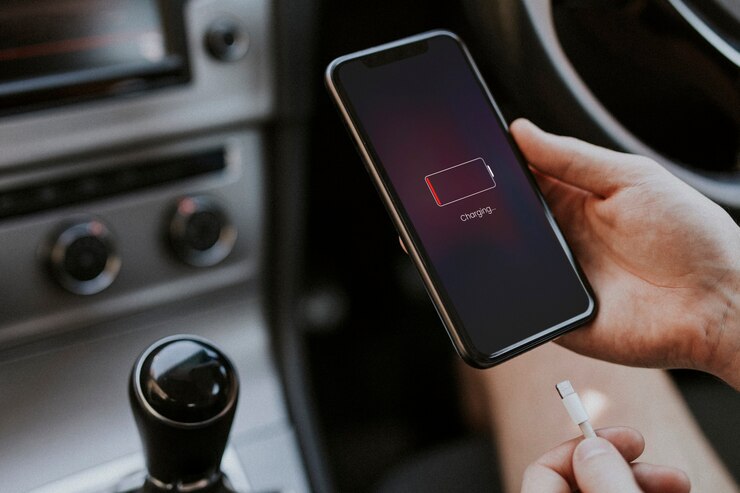
Charging your Tridyne device properly is essential for maintaining battery health. Incorrect charging habits can lead to a weakened battery and more frequent Tridyne low battery warnings. Here are some best practices for charging your device:
- Use the Correct Charger: Always use the charger provided by Tridyne for the best results. Non-compatible chargers may damage the battery or cause charging issues.
- Charge Fully: Let your Tridyne battery charge completely when possible, rather than stopping partway. This helps the battery stay healthy and ensures a full charge.
- Keep It Cool: Avoid charging your Tridyne device in hot environments. Heat can damage the battery, so it’s important to charge it in a cool, dry place.
When Should You Replace Your Tridyne Battery?
Even with proper care, a battery will eventually need to be replaced. If you notice any of these signs, it could be time for a new battery:
- Frequent Charging: If you find yourself charging your Tridyne device more often than before, it could be a sign that the battery is losing its capacity to hold a charge.
- Unexpected Shutdowns: If your Tridyne powers off randomly despite showing enough battery, this could indicate that the battery is no longer functioning properly.
- Visible Damage: Any swelling, leaking, or physical damage to the battery means it needs to be replaced immediately for safety reasons.
Maintaining Your Tridyne Battery in the Long Term
There are simple habits you can follow to make sure your Tridyne battery lasts longer:
- Store Properly: Keep your Tridyne device in a cool, dry place. Extreme temperatures can cause long-term damage to the battery, so it’s best to avoid leaving it in hot or humid areas.
- Avoid Full Discharges: While it’s okay to let the battery run low occasionally, consistently draining it to zero can shorten its life. Instead, try to recharge when the battery is around 20% or higher.
- Regular Use: Regularly using your Tridyne device helps maintain the battery’s health. Letting it sit idle for too long can also decrease its ability to hold a charge.
The Importance of a Healthy Tridyne Battery
A fully charged, healthy battery keeps your Tridyne device running smoothly. When your battery is in good shape, you won’t have to worry about sudden errors or shutdowns. This not only improves your device’s performance but also extends its lifespan. By following the maintenance tips we’ve discussed, you’ll ensure that your Tridyne battery stays strong and ready for all of your tasks.
Conclusion
Taking care of your Tridyne low battery situation is essential for ensuring that your device performs its best. With regular maintenance, proper charging habits, and timely replacement when necessary, you can keep your Tridyne running without interruptions. Avoiding Tridyne low battery warnings will help you stay productive, and your device will last longer, helping you get more out of it.
By monitoring your device’s battery status and making these small changes, you’ll have fewer issues with battery life and experience less downtime. With a little care and attention, your Tridyne device can keep you on track and ready for whatever task comes next.

